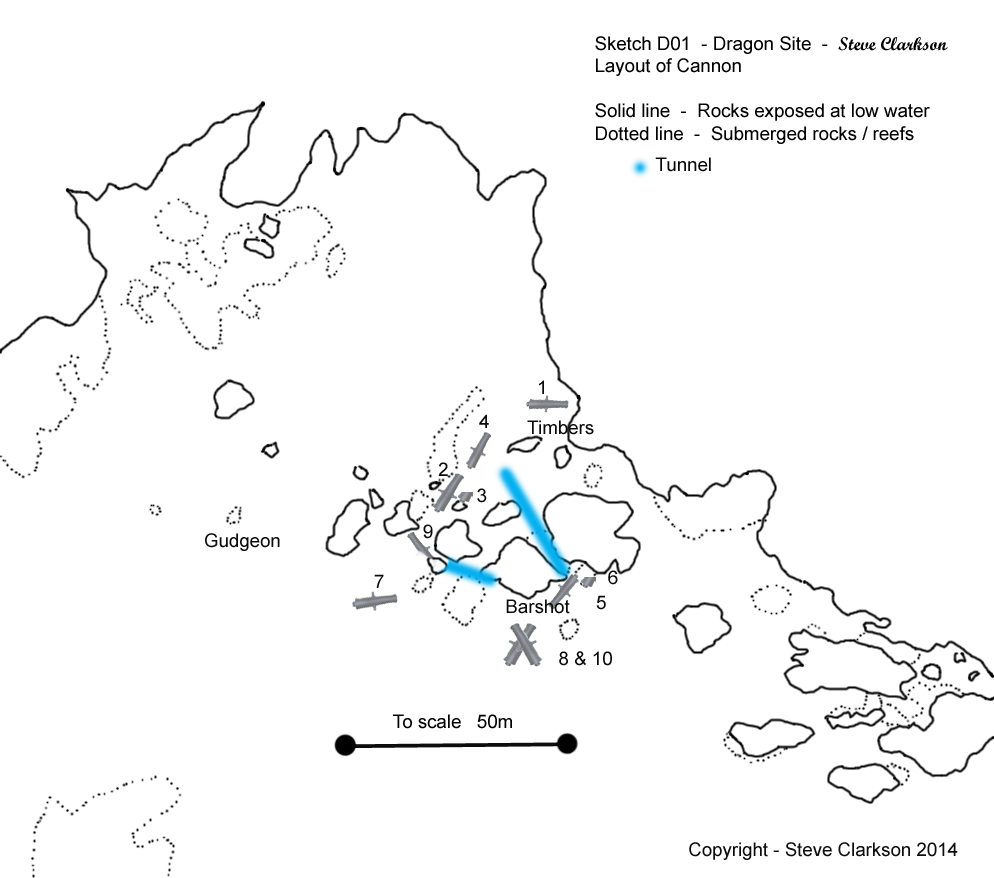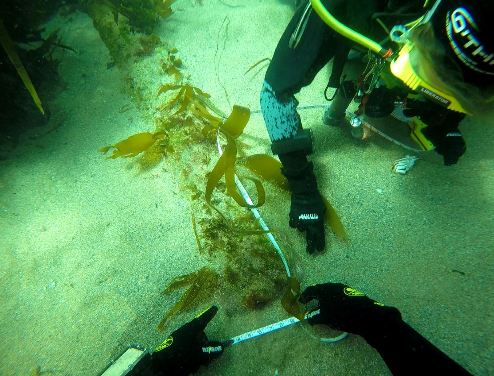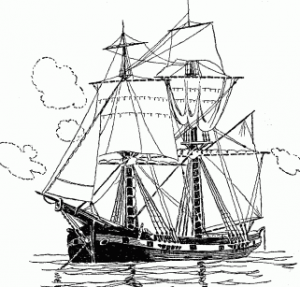The Dragon was an American built 196 ton British Privateer having got its letter of marquee in 1756 at the start of the “seven Years” war. The scale and impact of privateering during the eighteenth century was significant, involving nearly 7,000 privateering ships dispatched from Britain alone in the period 1702-1783. Privateers were very much part of Naval Warfare in the 16th and 17th centuries. A privateer or “corsair” was a private person or ship authorised by a government by” Letters of Marque “to attack foreign vessels during wartime. Privateering was used in using armed ships and sailors without having to spend treasury money or Naval ships and crew. They were necessary in order to boost the Navy in helping protect the colonies and seas around the UK and meant the Navy did not have to deploy so many of their s ships to protect the trade route from marauding pirates and enemy navies who were disrupting commerce and also pressured the enemy to deploy warships to protect merchant trade against commerce raiders. The cost was borne by the private ship owner who saw the opportunity for investment, profiting from prize money earned from captured cargo and ships. The proceeds would be distributed among the privateer’s investors, officers, and crew. The downside was that any captured crew could be considered part of the Navy.
The Dragon was involved in the trade of goods between London and Jamaica between 1753 and 1757 when she met her end on the cliffs of the South Devin coast. She may well have visited Port Royal prior to 1753 but no records exist. She had a crew of between 10 and 16 men with an armament of originally 4 guns that increased to 10 guns in 1757. On one occasion she arrived in Port Royal in Jamaica with only 3 crew indicating she had been involved if some sort of conflict with the French or had lost some of the crew through illness. She would carry dry good, bricks & caskets of corketts from London to Port Royal and return to London with Sugar, Rum and hardwood. In 1992, a local dive skipper, Bill Bunting, came across some cannon and set about identifying the wreck. Unfortunatly the sand covered the wreck which did not appear again until 2014. With the cannon and mast now visible we carried out a recent project involving the following:
The search and location of the shipwreck
Producing a site survey
Removing artifacts at risk
Research and documentation of its history
Training of BSAC & PADI divers to Nautical Archaeology Society Part 1 standard
Research into the passengers killed in the wrecking
Most of the crew survived and records show that the captain and his lieutenant were in charge of another Privateer just 3 months after the sinking. A Jamaican plantation owned was on board returning his children to England following the death of his second wife. He survived and returned to his various plantations in Jamaica but his children drowned during the wrecking and were buried in a local South Devon churchyard. Very little was known about the Dragon making it very difficult to locate and research and, what records were available are very difficult to read and interpret. The plantation owner was not well known or documented but he had left a “Last Will and Testament” providing a starting point for the research once we had found it. The wrecksite had been located in the early 90’s but was only seen for a couple of months when she was covered by 2m of sand in a storm. The late Bill Bunting, who initially found the wreck returned to the site for the next eighteen years without finding her. Having carried out a magnetometer survey from Burgh Island to Salcombe on another project we had identifies a couple of possible sites for the wreck but it was not until a storm in late 2013 that the wreck was exposed when 2m of sand was scoured from the seabed. This enabled a site surrey to be done before it re-covered again a couple of months later.




